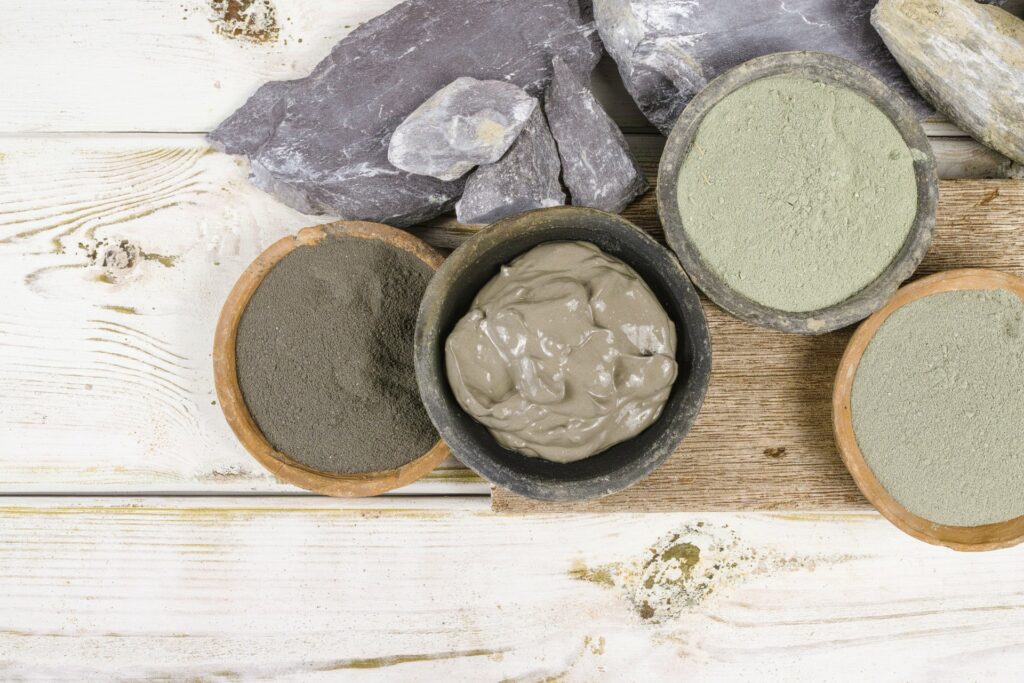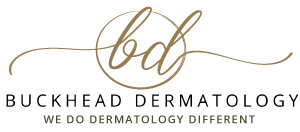Ancient Beauty Techniques Still Used Today

The Greeks, Romans, and Egyptians have been using beauty techniques for thousands of years. In the Bible, Esther undergoes six months of beauty treatments before being presented as a potential bride to King Xerxes. Beauty is not new, and the evolution of beauty treatments used long ago is still present in many we use today. Nature’s provisions were the base of all beauty treatments, and today, we continue to lean into the roots of ancient beauty practices.
The roller coaster of adding and manipulating chemicals to offer effective self-care products is diminishing as people seek more organic ingredients to achieve the desired results. The shift to natural ingredients is a welcome one.
Greeks Embraced Aging Beauty
The Greeks valued physical beauty and embraced aging, although they still sought ways to age gracefully and sustain physical beauty. The Greek word, kosmeticos, originated in the 17th century, is the root of today’s word, cosmetics.
The Olympian goddess of love and beauty, Aphrodite, kept beauty a high priority among Greek women. Aphrodite was the symbol of beauty at its core, and she represented grace and femininity and undoubtedly played a significant part in Greece’s focus on beauty.
Lighter complexions were considered higher status, which resulted in the use of lead and later chalk powder after the poisonous qualities of lead were connected to many deaths. Berries were used as lip stains, and clay mixed with charcoal (kohl) was used for eyeshadows. Although today we favor distinct eyebrow shapes, thick eyebrows were comprised of thick hair from oxen and often in one “uni-brow” shape because this resembled beauty and high status.
Oils and honey were infused into other ingredients to give applications staying power and offer anti-aging preparations. The olive tree originated in Greece and was considered sacred, and women used olive oil to anoint their skin. There is documentation that women in Greeks would use facial masks with these ingredients, which are still popular in beauty products today. An example is what we see today in hydrating sprays with oil infusions from hemp and other natural oils.
Roman Baths and Spa Treatments Today
There is no better example than the Romans of those who loved bathing treatments. Romans are known for their bathhouses and the extravagance that went into creating a feeling of opulence. Baths in Roman times were adorned with art on the ceilings, paintings, and mosaics in abundance. Today, we see a variety of spas creating a peaceful space of rest and relaxation for their guests.
Ancient bathing techniques included hot and cold therapies that incorporated steam, scrubs, and massages to remove dirt and impurities from the skin. These treatments can be found at reputable spas just about anywhere. The Romans can also be credited with the use of flowers, milk, and herbs, as they used saffron, rose petals, jasmine, and almond milk in many of their beauty bath treatments.
The Romans also sought clear, flawless, pale skin with the sharp contrast of blush made from crushed berries, brightly colored flower petals, and red chalk. Skin-soothing ingredients included flour and butter. It is also documented that the Romans used nail color from animal products, which our culture continues to move away from, even in testing beauty products. Many animal-friendly beauty products will have that specifically on their packaging.
After the fall of the Roman Empire, cosmetics were all but abandoned as Romans went au-natural until 1200 AD, when makeup slowly made its way back into Roman culture.
Walk Like An Egyptian
Egypt was an advanced civilization that took pride in the luxuries it created. The rituals of beauty treatments were more evident in Egyptian culture than any other. Cosmetics have been discovered in tombs, and it is thought these efforts to present a beautified version of oneself honored their gods.
Today, we continue to model many things after the Egyptians, including our view of avant-garde looks and accessories. The Egyptians used jewelry in exotic ways, and hairstyles and headpieces are unmatched. Kohl and minerals were used to dress the eyes and lips, as well as iodine and crushed bug parts. When people think of Egyptians, they think of King Tut and Cleopatra. The images of sharp lines and dark eye makeup look similar to our cat eye look today, and had spiritual and status significance to the Egyptians.
Legendary treatments are still used today. Cleopatra used ingredients like apple cider vinegar, salt scrubs, honey, and milk. Anti-aging ingredients offered Egyptians beauty treatments and self-care that we still see today. Evidence shows Egyptians also used moisturizing ingredients in 10,000 BC, mostly comprised of vegetable oils that men and women used regularly. Egyptians also used perfumes in skin care, insect repellents, and embalming.
Although beauty treatments and products continue to evolve, many of their roots can be attributed to the Greeks, Romans, and Egyptians. If you seek beauty treatments for your skin and want the advice and guidance of a professional dermatologist, contact Buckhead Dermatology today for an appointment.
